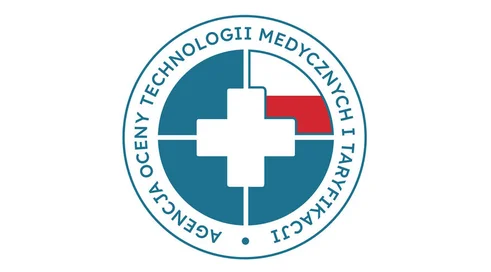Professor, NMOSD is a disease of the nervous system, somewhat resembling multiple sclerosis in its course and sometimes confused with it.
It's true. NMOSD (the acronym comes from the English name "neuromyelitis optica spectrum disorder," meaning a group of diseases with optic neuritis and spinal cord inflammation) is, like multiple sclerosis, an autoimmune disease of the nervous system, with a course of so-called "throws," or exacerbations, and periods of remission. However, the flares are usually more severe than in multiple sclerosis, and remission is not complete - meaning that after each flare, some symptoms remain, leading to increasing disability. The main culprit of symptoms in NMOSD is not demyelination, but inflammation leading to the death of cells in the nervous system, usually involving the optic nerves (unilaterally - or bilaterally) and the spinal cord - usually several of its segments. Characteristic symptoms of NMOSD resulting from spinal neuritis include paresis or paralysis of the lower extremities or both lower and upper extremities, increased muscle tone, sensory disturbances, severe pain in the extremities, paroxysmal painful muscle cramps and urinary and bowel disturbances. Typical symptoms resulting from optic neuritis, meanwhile, include eyeball pain and visual disturbances (ranging from visual fatigue and deterioration of visual acuity to total blindness). NMOSD can also involve a structure called the brainstem, the part of the nervous system between the medulla and the brain, and hence the symptoms of this disease can be quite non-obvious, such as persistent hiccups, nausea, vomiting, dizziness, faci...
Content locked
To gain access to the complete English section of the Medexpress.pl, kindly reach out to us at english@medexpress.pl.

















